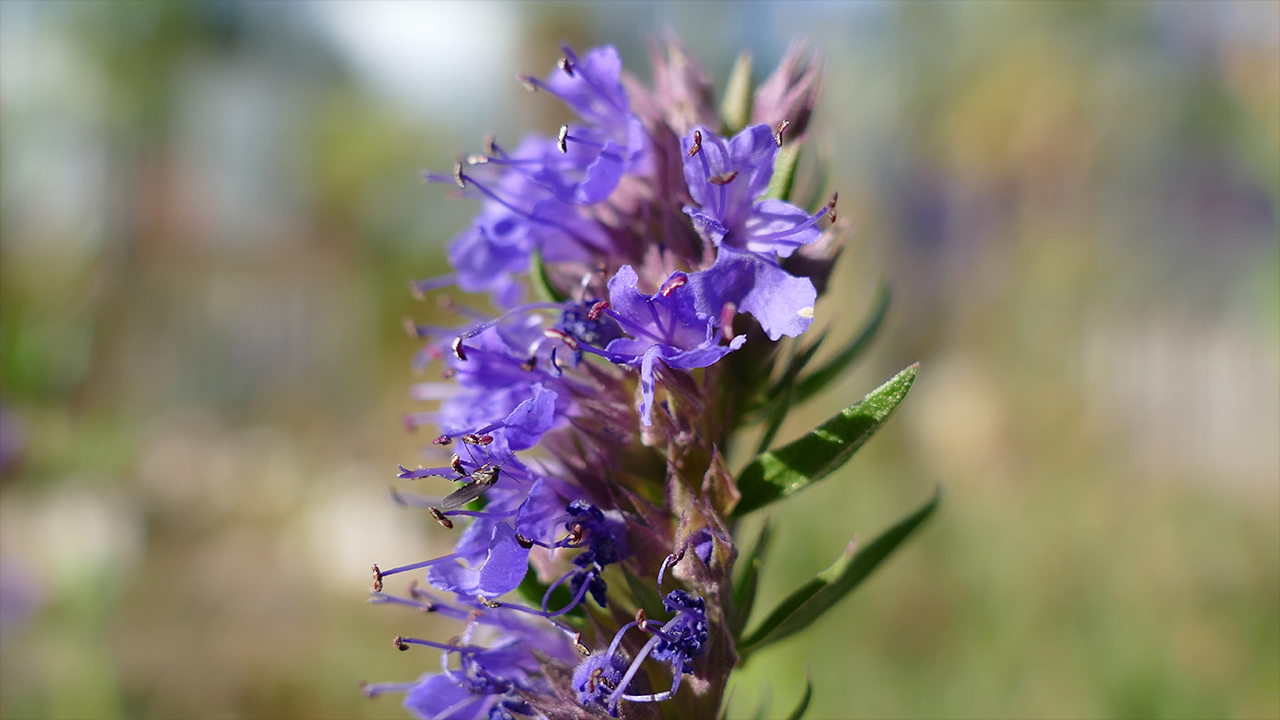Hyssop, a mysterious Biblical plant, symbolizes cleansing and protection in rituals, yet its exact species remains debated by scholars.
One of the more unusual and often overlooked plants in the Bible is the hyssop. While the term “hyssop” appears several times in the Old Testament, its exact identity has puzzled scholars for centuries.
Mentioned in purification rituals and famously in the story of the Passover (Exodus 12:22), where it was used to sprinkle lamb’s blood on doorposts, hyssop holds a symbolic significance tied to cleansing and protection.
However, what’s fascinating is that the plant identified as “hyssop” in Biblical texts may not be the true Hyssopus officinalis that we know today.
Botanists believe that the Biblical hyssop could have been an entirely different plant, perhaps Origanum syriacum, which is a variety of wild marjoram or oregano, or even Caper (Capparis spinosa).
Beyond its elusive botanical classification, the hyssop also carries spiritual significance in the Bible.
In Psalm 51:7, King David pleads, “Purge me with hyssop, and I shall be clean,” highlighting its association with moral and spiritual cleansing.
This plant not only had a physical role in rituals but also became a powerful metaphor for renewal and redemption, reinforcing its importance in both practical and symbolic terms in Biblical culture.
This blend of botanical mystery and profound symbolism sets hyssop apart as a fascinating plant in the Biblical narrative.
Discover Beautiful Flowers, Expert Gardening Tips & Interesting Plant Science!
By submitting this form, you are consenting to receive marketing emails from: . You can revoke your consent to receive emails at any time by using the SafeUnsubscribe® link, found at the bottom of every email. Emails are serviced by Constant Contact

About The Author
John Bagnasco has been in the gardening industry for over 50 years, starting with a horticulture degree from Michigan State University and following a stint at Frank’s Nursery and Crafts in Detroit.
After publishing his first book “Plants for the Home Vol. I” in 1976, he moved to California to become regional manager and buyer for the Nurseryland division of Sunbelt Nursery Group.
He then became the head buyer for Armstrong Garden Centers based in Glendora, California. John had a part-time affiliation with Creative Promotions for ten years before joining them full-time in October 2000 as a senior editor and radio personality for Garden Compass.
John has also taught horticulture classes at Palomar College and San Diego State University.
He is the host of the DVD “The Essential Guide to Roses,” which also features Bryan Main and Bruce and Sharon Asakawa.
His most recent book is “Planting Designs for Cacti and Succulents”.
Currently, John is a co-host on “Garden America,” an interactive live gardening show that additionally provides podcasts of the broadcasts accessible on all major platforms.
You can contact John here.

